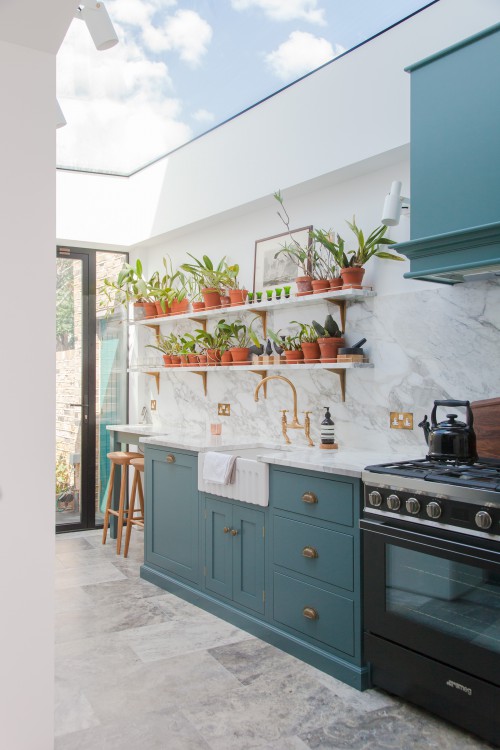Grand Designs Magazine
01 March 2021 by Simon Drayson
Old browser alert! We have detected you are using a pretty old browser. This website uses cool features that can't be supported by your browser.
If we let you see the website it would look all weird and broken, nobody wants that!
Update your browser!01 March 2021 by Simon Drayson

Site constraints such as size are often a starting point for the creative process. Our featured project had a triangular floor plan and was split over two levels, which we responded to thoughtfully in terms of both form and function. Always work with their strengths rather than against their weaknesses.
Whilst this varies greatly from project to project, for smaller projects it is worth bearing in mind what materials your builder is used to working with. We are doing more extensions with timber frames these days, as whilst they are undoubtably less expensive and less time-consuming, they are more sustainable!
If you have the time and are confident doing so, you can save a significant amount by managing subcontractors yourself. That said, quality can suffer as a result and the build can end up taking longer. Hiring a trusted main contractor alongside an architect is another way of controlling costs.
The golden rule here is not to change your mind on the design once the building contract has been signed, at least not without discussing them with your architect or builder first to fully grasp any knock-on effects. Always set aside a contingency of around 10%, especially with existing buildings.
This is one particular area where shopping around will definitely pay dividends. Some of the mainstream glazing suppliers are beginning to offer more niche products at competitive costs. Whilst the trend for metal frames is not going anywhere, it is always worth considering alternatives such as timber or even uPVC!
Rather than use standing seam copper or zinc, you might want to consider corrugated steel instead. Whilst softwood is less expensive than hardwood at the outset, it will need more maintenance and has a shorter lifespan. Whatever cladding you use, just be sure to do so in a creative way!